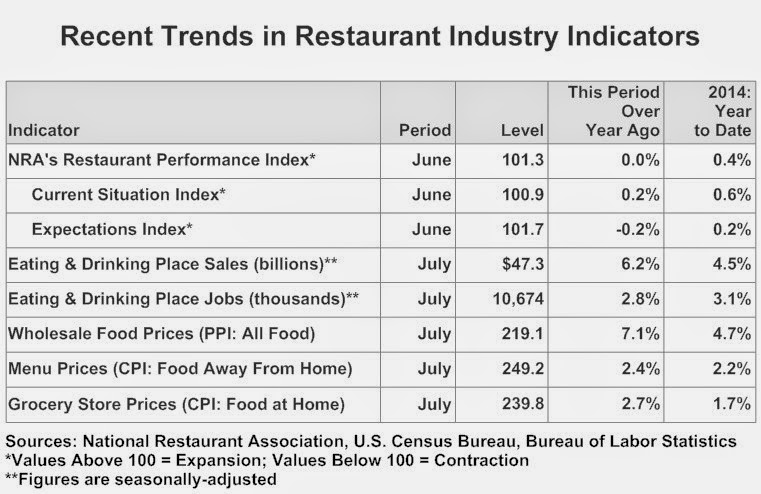New Orleans Tourism Marketing Corporation, (NOTMC) and French Quarter Festivals, Inc. (FQFI) announce four new additions to its seasonal Christmas New Orleans Style celebration.
“New Orleans always has something magical about it, but especially at Christmas," said Mayor Mitch Landrieu. “Music, unique Reveillon dinners, and holiday traditions give families an opportunity over six full weeks to learn and experience the season while enjoying moderate temperatures."
 The 2014
Christmas New Orleans Style experience features four new additions this holiday
season. Luna Fete, which runs through the first week in December, will see
iconic Gallier Hall become the canvas for a brilliant display of art and light.
Reveillon on the rocks will debut over 45 specialty holiday cocktails, and NOLA
Christmas Fest will take families inside the New Orleans Ernest N. Morial
Convention Center to experience a holiday adventure. NOTMC is also launching 'New Orleans City Store', an
e-commerce portal that will sell officially branded New Orleans merchandise,
just in time for gift-giving.
The 2014
Christmas New Orleans Style experience features four new additions this holiday
season. Luna Fete, which runs through the first week in December, will see
iconic Gallier Hall become the canvas for a brilliant display of art and light.
Reveillon on the rocks will debut over 45 specialty holiday cocktails, and NOLA
Christmas Fest will take families inside the New Orleans Ernest N. Morial
Convention Center to experience a holiday adventure. NOTMC is also launching 'New Orleans City Store', an
e-commerce portal that will sell officially branded New Orleans merchandise,
just in time for gift-giving.“Plan your trip ahead by using followyourjoy.com,” said Marci Schramm, Executive Director of French Quarter Festivals, Inc. “While in town, be sure to pick up a free ‘Christmas New Orleans Style’ guidebook from a concierge or Visitors Center. The guidebook is the only place to find everything there is to experience, eat, drink – and have fun – during the holidays in New Orleans!”
A fifteen-second 'Follow your Joy' TV spot features the voice of actor and New Orleanian John Goodman, along with a soundtrack by the New Birth Brass Band. Iconic New Orleans scenes include historic architecture, attractions throughout the city, holiday food, and seasonal events.'
The spot is airing in 13 regional television markets that include Baton Rouge, Shreveport, Lafayette, Lake Charles, and the Monroe LA/El Dorado, AR market; Houston, and Dallas, TX; Memphis, TN; Montgomery, and the Mobile, AL/Pensacola, FL market, Jackson, Columbus/Tupelo, and Gulfport/Biloxi, MS.
Programming highlights include prime time shows such as 'The Voice,' morning news and late night TV, as well as high-profile sporting events such as Thanksgiving Day NFL football, the 41st Bayou Classic, and holiday specials 'Shrek the Halls' and 'How the Grinch Stole Christmas'.
"New Orleans will welcome visitors and locals all over the city this season,” said Mark Romig, President and CEO of NOTMC. “From NOLA Christmas Fest, to Celebration in the Oaks at City Park, to historic French Quarter caroling and old-fashioned Christmas performances with the Victory Belles at the National WWII Museum, the city will burst at the seams with beautiful lights, the songs of the season, and satisfying holiday food and drink.”
The spot is viewable online at GoNOLA TV found on YouTube. The website, FollowYourJoy.com, showcases 'Christmas New Orleans Style' events listing concerts, Christmas shopping, Reveillon dinners, and Papa Noel hotel rates. Additionally, visitors and locals are invited to share personal holiday scenes on Instagram by tagging photos with #FollowYourJoy.
To learn more about Christmas New Orleans Style, and to view the 2014 CNOS guide book listing all scheduled events, visit FollowYourJoy.com or FQFI.org. Hotel reservations, including special citywide rates, can be booked via direct links to hotels on FollowYourJoy.com.
For a schedule of events or more information on Christmas New Orleans Style, call (504) 522-5730 or visit www.FollowYourJoy.com.
















.jpg)

